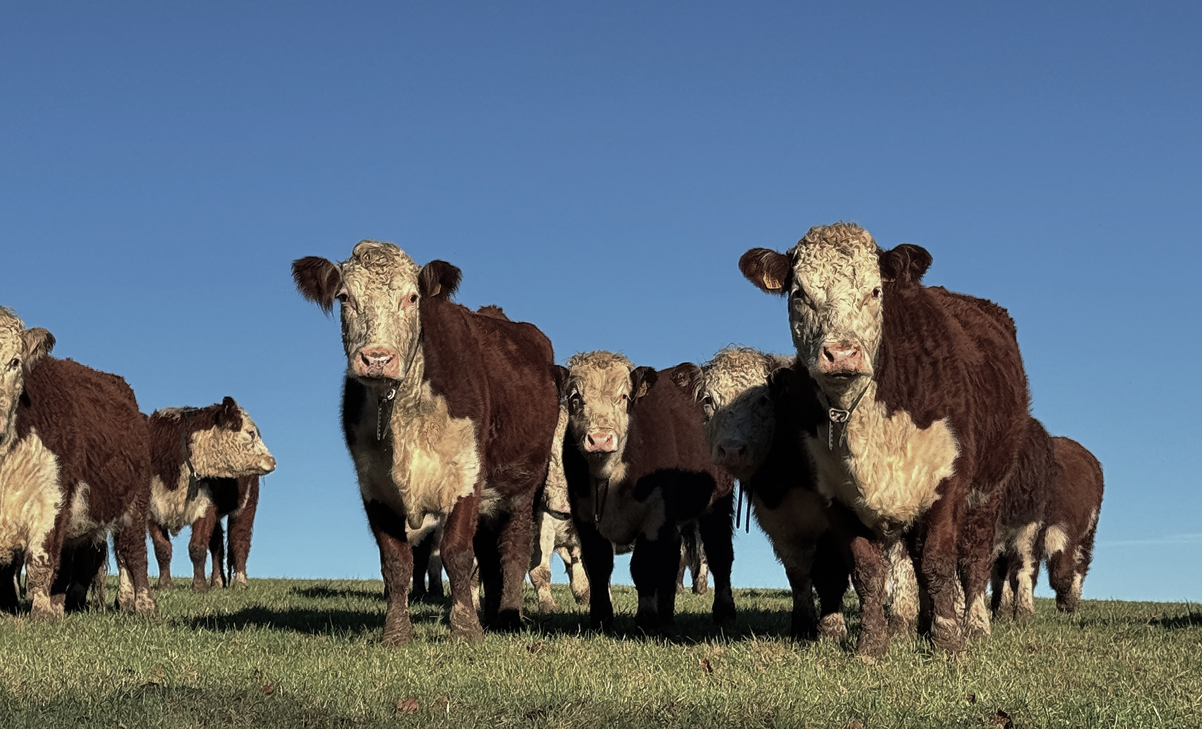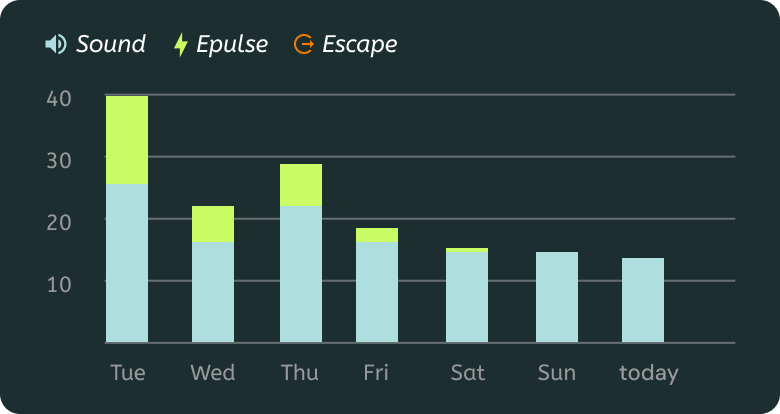How to train your animals
Help your animals learn to turn back when they hear the sound signal. Allow plenty of time for training - we recommend around a week.

When it comes to the actual training, we have three phases that we want you and your animals to go through. These three phases will last approximately one week. The goal of the training is for the animals to learn to turn around when they hear the sound signals.
Phase 1: Adaption Phase
In this phase, the virtual fence is not activated yet. This is the phase where you allow your animals to get used to wearing the collar and the area where they will be trained. Wait to add the collars to the virtual fence in the app.
🕑 Time needed: This varies from herd to herd and can take anywhere from minutes to several hours.
The area should be physically fenced.
The training area for the animals shouldn't be too small or too large. A good example for training 10 animals is an area of 50x50 meters. The fence should ensure animal welfare (not too cramped), while also facilitating frequent interactions with the fence (not too large).

You and your herd are ready for the next step when the animals are comfortable wearing the collar and the flock is calm.

Phase 2: Exposure Phase
When your animals are calm, you can activate the virtual fence by adding the collars to your training fence in the app.
During this phase, it's important for the animals to get familiar with how the virtual fence works. We want as many interactions with the virtual fence as possible — the more, the better.
🕑 Time needed: 2-3 days
It's important to remember every animal learns and behaves individually and that it is important to observe them individually and in person (not just in the app and by the signals) and monitor how they are doing.
Read more about how virtual fences work here
What to do if some animals don't understand the virtual fence?
If you notice that certain animals are struggling to understand the system, we recommend removing them from the herd during training so they don’t hinder the progress of the animals that do understand the system. These animals can be reintroduced to the herd later on, allowing them to learn from the others.
Our farmer success team is always available if you have more questions or need help with the training.
Phase 3: The Control Phase
When you feel like the animals have understood the system after a minimum of three days and when the number of electric pulses has declined you can move the virtual fence line.
In this phase we want the animals to be exposed to more of the virtual fence. This is recommended because we want the animals to experience many interactions with the virtual fence, and it is important to challenge them as they learn where the boundaries are.

🕑 Duration: 2-3 days
When is the training complete?
A good way to check if the training is going in the right direction is by observing that the number of shocks decreases towards the end of the training period. However, if you move the virtual fence boundaries during training, you will most likely see an increase in both sound signals and shocks. This is completely normal!

The time needed to train the animals varies from herd to herd. Some animals will learn the system very quickly, especially if they have used similar systems before. Other herds, however, may take longer if they have never worn collars or similar devices.
In any case, we recommend a minimum of one week of training. The most important goal of the training is for the animals to generally turn when they hear the sound signal before they receive a shock. This can be tracked in the app, in addition to physical observation.
A virtual fence does not replace monitoring
Remember that virtual fences are not a hard boundary, and you must account for GNSS signal errors and maintain a good distance from areas where you don't want the animals to go. It is still important to keep an eye on the animals and observe how they interact with the fence, as there will always be things outside the boundary that may cause the animals to ignore it.
Once the animals are fully trained, they can be transferred from the training area to the virtual pastures.
